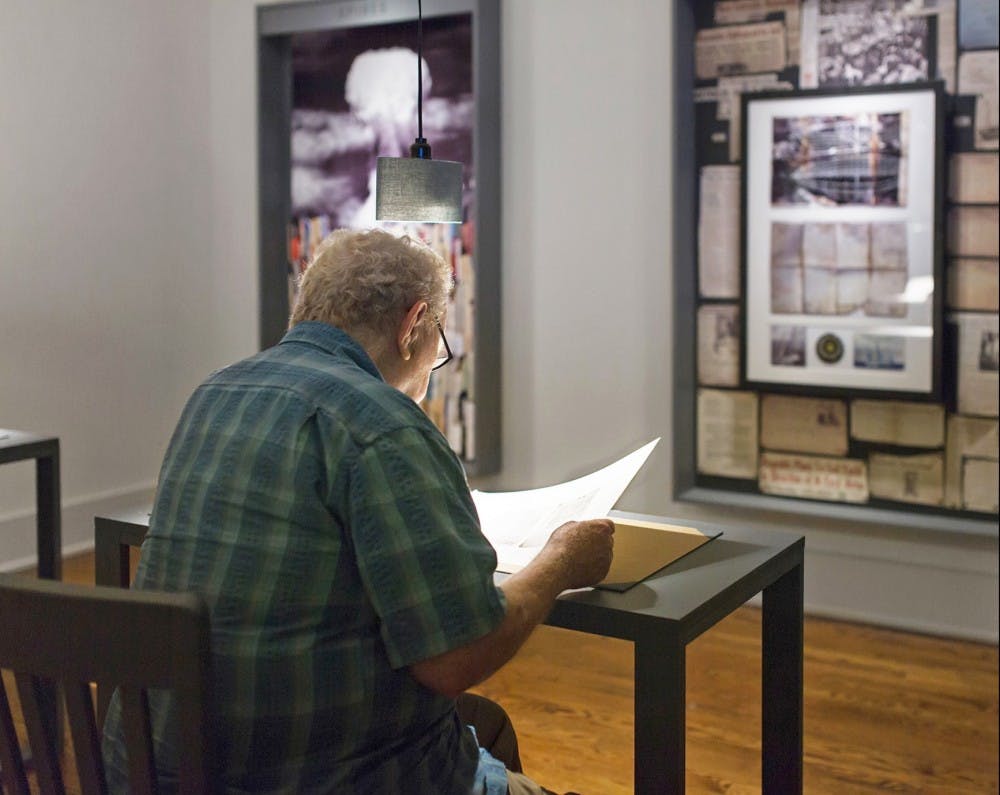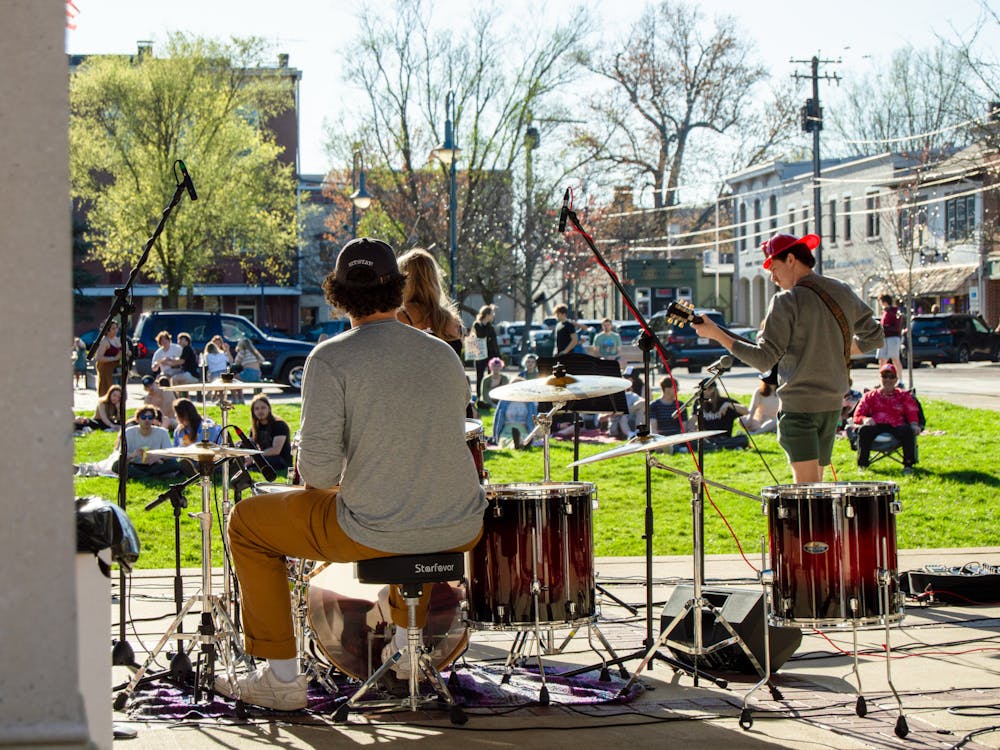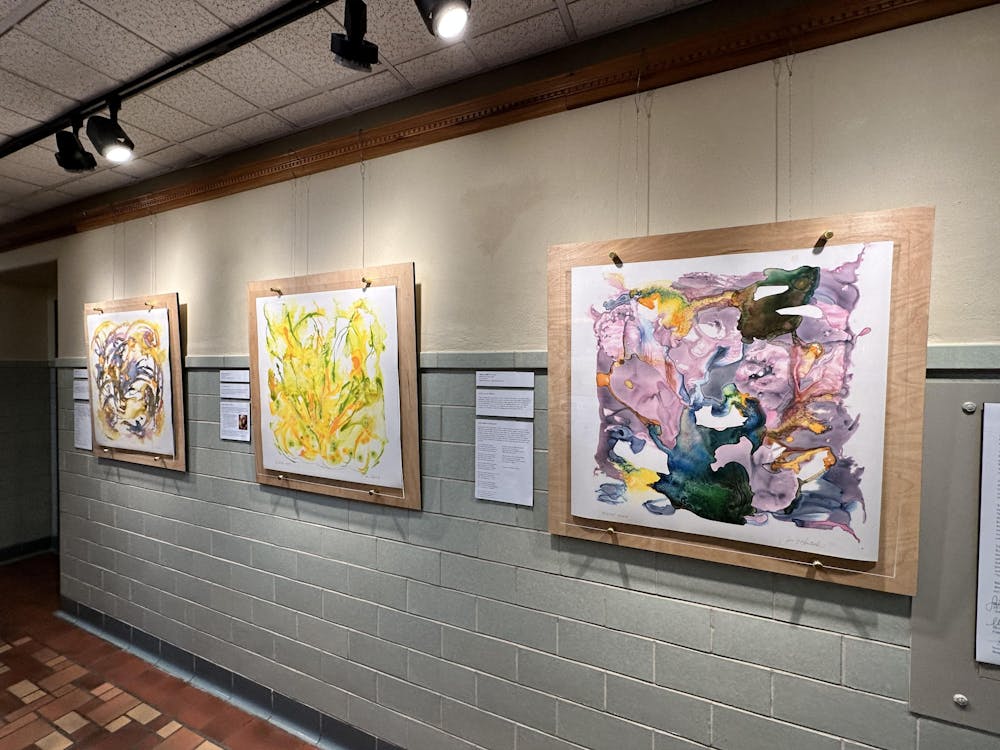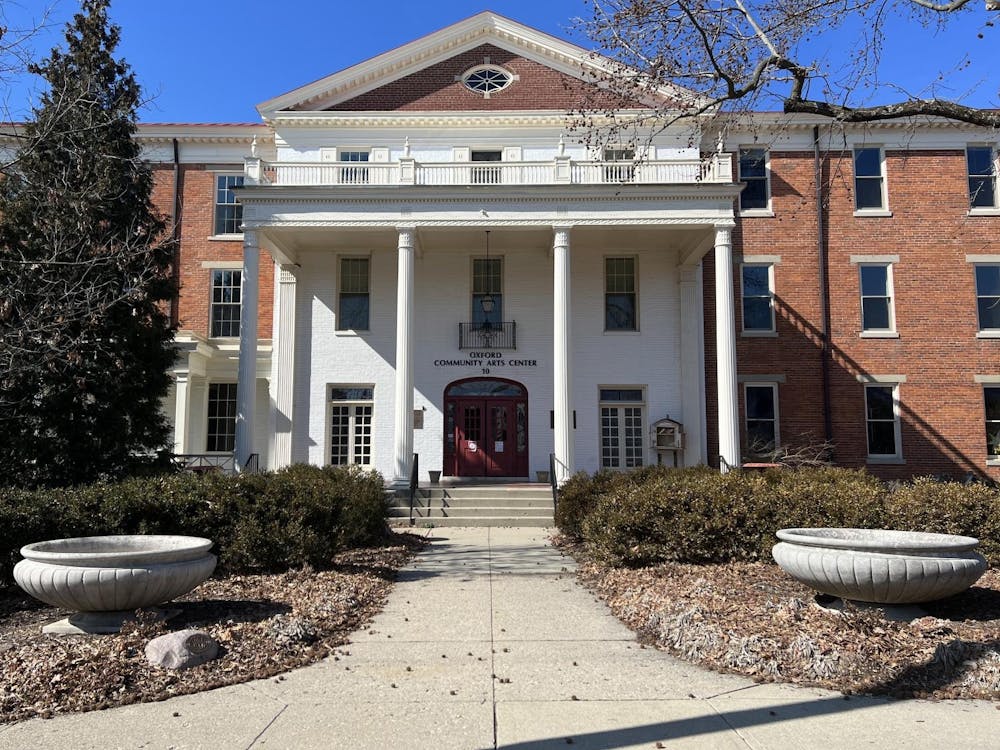Migiwa Orimo spends a lot of her time wading through censored government documents and digging into yellowed archives for her art projects. The artist navigates cultural gaps in memory and will discuss this phenomenon during her talk on campus this Thursday, Sept. 12, titled "Gaps + Slippage + A Realm of Disjunction."
The lecture, which will take place from 5:50-7:05 p.m. in room 100 at Miami University's Arts Building, is the first in the Arts Department's Contemporary Art Forum series. Orimo will discuss how we view private and public memories through three recent projects.
Her "Proofs of Burden" installation includes the United States' plans to drop an atomic bomb on Japan in 1945 and aftermath of the attack.
If Antioch College had not invited her to the project, Orimo said she never would have pursued it because of the subject matter.
Orimo, the eyes and hands behind the project, is a Japanese immigrant who gained U.S. citizenship in 2013.
She draws from public memories rather than her own in this installation and filters it through the U.S. documents she compiled in "Proofs of Burden," which was part of Fotofocus Biennial's "Nuclear Fallout: The Bomb in Three Archives" - a 2018 exhibit in Yellow Springs, Ohio.
The concept of revising history over time is integral to her upcoming talk as well as "Proofs of Burden." Viewers left the installation with a small card in English and Japanese that defined the word "errata," or errors in a document that have been corrected in later versions. Part of the installation also included a section of blacked-out CIA documents the government gradually de-classified over the years.
Orimo will also mention two more of her projects on Thursday. The first of which was an exhibit available at Cincinnati, Ohio's Weston Gallery last spring called, "Proximity of Syllables." The second is about her installation,"Visit/Revisit: refuge, nest, habitat, and memories of lived spaces," which was on display from 2013-2014 at the SPACES Gallery in Cleveland, Ohio and turned personal mementos of Cleveland families into high art.
Orimo's art plays with history's shadows and life's gray areas, and her medium is memory. But she also makes time to aid local protests in Yellow Springs, Ohio, where she is based. She has created protest banners for causes ranging between #BlackLivesMatter and a 1990s movement to save Yellow Springs farms from city sprawl.
If she has time on Thursday, Orimo may also show how traditional artists can lend their skills to protests.
"I'm expecting we'll have to roll up our sleeves in the next couple years," Orimo said.
Maria Seda Reeder is a curator at the Wave Pool Gallery in Cincinnati who commented on Orimo's protest banners in a formal exhibition about the 2017 women's marches. Seda Reeder said that work like Orimo's reflects a movement in the art world.
Enjoy what you're reading?
Signup for our newsletter
"Contemporary artists, living artists, react to the world that we're living in right now and share their opinions on it with people who are also living right now," Seda Reeder told WYSO in 2018. "So that changes culture, that drives culture. That can make all the difference in how we understand the world around us."
Orimo will display her new work in a group show called "Blue Tarp," which covers U.S. Immigration and Customs Enforcement detention centers, on Nov. 9 at the Weston Gallery.
murdocc3@miamisplayioh.edu




